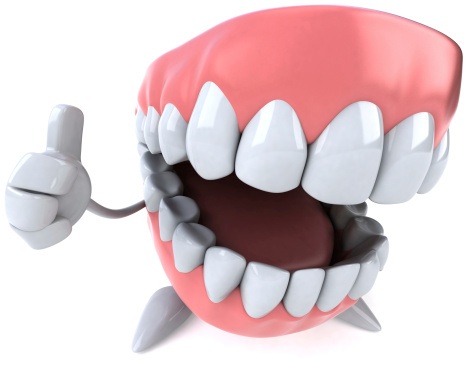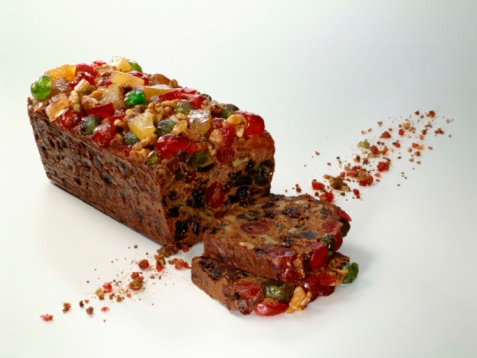 Your smile says a lot about you. It’s a proven fact that people with attractive, healthy smiles are perceived to be friendly and intelligent and are more likely to be promoted at work, earn more money, and have personal and professional success.
Your smile says a lot about you. It’s a proven fact that people with attractive, healthy smiles are perceived to be friendly and intelligent and are more likely to be promoted at work, earn more money, and have personal and professional success.
Buckhead dentist Dr. Peter Pate knows the importance of a beautiful and healthy smile. Take a look at the dental characteristics below and see if your dental traits match your personality traits.
The Shape of Your Teeth
Your front two top teeth are called the central incisors and serve as the center of your smile. They also indicate age. Younger people tend to have rectangular-shaped central incisors with rounded corners, while the central incisors of older people often become square with square corners as they shorten with age.
The teeth to the immediate left and right of your central incisors are called lateral incisors, and they indicate gender. Women have lateral incisors that are slightly shorter than the central incisors and rounded at the tips. Men, on the other hand, tend to have lateral incisors that are close to the same length as the central incisors and are more square-shaped. (more…)
 Dentistry has many different terms that can all mean the same thing. Just for fun, let’s take a look at some of the terms that Dr. Pate or others may use to discuss your teeth, mouth, and smile.
Dentistry has many different terms that can all mean the same thing. Just for fun, let’s take a look at some of the terms that Dr. Pate or others may use to discuss your teeth, mouth, and smile.





